The Apple Watch Review
by Joshua Ho & Brandon Chester on July 20, 2015 8:00 AM EST- Posted in
- Wearables
- Apple
- Mobile
- Apple Watch
Display
As with just about everything these days, display matters quite a bit. In a lot of ways, the wearable segment has display requirements similar to the smartphone space. However, unlike the smartphone space it isn’t necessarily critical to have the highest possible resolution, and it isn’t necessarily crucial to have perfect color calibration as in most cases wearables won’t be used for color-critical applications.
In the interest of addressing this, for the near-term we’ll continue to use the standard smartphone workflow, but I hope to expand the testing done here as wearables develop. For now, we’ll continue to do the standard brightness and accuracy testing, but I’ve removed the grayscale test as it strongly emphasizes gamma accuracy. Although it is important to not have obscenely incorrect gamma curves, wearables generally have to prioritize readability over dynamic range, which means that near-black colors would be brightened to try and overcome background reflectance. Similarly, we won’t be placing dE2000 average error in our Bench comparison tool or in graphs, as something like the Apple Watch cannot have controlled display brightness.
As a result, we can’t really be 100% sure that gamma tests and other tests of luminance are actually accurate when automatic brightness means that any inconsistency in light to the sensor will affect display brightness, which will strongly affect dE2000 results.
In the case of the Apple Watch, the display is interesting because this represents the first AMOLED display to ever be used in an Apple product. As far as I can tell, this is an LG OLED display with an RGB subpixel arrangement, but it isn’t quite the same as a traditional RGB stripe. I suspect that for the near future we will continue to see the use of this subpixel arrangement as the resolution of the Apple Watch doesn’t really allow for a PenTile layout. Given the current state of AMOLED (as evidenced by the Galaxy S6) I believe it is effectively the future of mobile displays, and it seems that whoever makes these decisions at Apple agrees as well.
As I mentioned in the start of this section, the Apple Watch also doesn’t have any way of manually setting brightness. You get approximately three choices of auto brightness algorithms, which bias the brightness curve of the display appropriately.
In practice, I didn’t actually care that manual brightness was gone on the watch because I never actually used manual brightness on the iPhone or any phone that has at least a halfway decent auto brightness system. In every phone I’ve ever used, the only time I use manual brightness is when the auto brightness system is clearly programmed wrong in some shape or form. Common cases where this would happen include auto brightness that didn’t actually set the display to maximum brightness in daytime or wouldn’t set the display to minimum brightness in absolute darkness.
Thankfully, the default auto brightness setting on the Apple Watch doesn’t have any of these problems, although for reasons unclear minimum brightness changes depending upon the brightness setting that is selected. As a reviewer though, it would definitely help if the watch had a manual brightness setting for more precise display testing and battery life testing. I’m sure that the precision of the digital crown would allow for precise brightness settings as well, but I suspect that this would have some very real potential to affect practical battery life as I’ve seen more than one person walk around with their smartphone display permanently set to maximum brightness because of reasons.
There’s also the issue of reflectance, which could be a problem given that the two higher-end models use a sapphire crystal glass on the display instead of traditional hardened glass. I did notice that reflectance is much higher than something like the iPad Air 2, but I never really felt like the reflections completely washed out the display. The reflections also indicate that the watch has a properly laminated display, without issues involving index of refraction mismatch. However, if people are worried about outdoor visibility Apple Watch Sport should be better given the use of more common aluminosilicate glass. I’m not sure if Apple has actually loaded different auto brightness algorithms for the Apple Watch/Watch Edition compared to the Watch Sport to try and compensate for this though, and I suspect such a change would be difficult to test for as well.
Although reflectance is one aspect of outdoor visibility, the other is display brightness. This is probably the only aspect of the Apple Watch where I can get consistent and repeatable results. Unfortunately, given that we haven’t actually done any other full-featured wearable reviews I’ll have to reference smartphones to get a good comparison point. As the Apple Watch display is already quite small, we won’t be able to get accurate APL vs brightness readings as it’s impossible to hold the meter in a repeatable position that isolates ambient light while also holding an LED to the display.
At any rate, the Apple Watch gets respectably bright at around 460-470 nits, although not quite the ridiculous 600 nits that the Galaxy S6 can achieve. At this full white display, I recorded a color temperature of 6891K, and 6883K at the ~100 nits that was used for the remainder of display testing. It’s important to keep in mind that these values are only at 100% white, so this isn’t the average color temperature that we normally list in reviews. Of course, this display’s contrast is also infinite, with no visible residual brightness on pure black images.
Saturation Sweep
Moving on to the saturation test, we can see that Apple has put a huge amount of effort into calibrating these displays, which is somewhat surprising given that one might expect wearables to not be all that critical when it comes to color accuracy. In my experience, I never actually bothered looking at photos on the watch outside of the messaging app and Twitter. I suspect that this was done in order to make it so that images look the same across all Apple devices, as something would seem “off” in most photos taken by an iPhone 6 if displayed with an Adobe RGB gamut. In this test, the dE2000 average error was 2.33, and as one might guess from the photo above most of the error was concentrated in blue, which appears to have some gamut issues as the native gamut appears to be wider than sRGB but not enough to completely cover sRGB.
GretagMacbeth ColorChecker
The GretagMacbeth ColorChecker test reveals a similar surprising level of attention to detail in color calibration. Color accuracy isn’t quite on par with the very best, but given that this is a first generation product I’m really surprised that the display is already receiving this much attention with an average dE2000 error of 2.42. Overall, this means that the display has relatively little perceivable error for sRGB content, which is the standard almost across the board, although wider gamuts like Rec. 2020 or Adobe RGB may one day supplant sRGB.
Overall, I’m impressed with the quality of the display of the Apple Watch. The AMOLED panel could probably reach a 600 nit max with sufficient progression in emitter technology from LGD, but I suspect this will take some time. The calibration is also incredible for a first-generation wearable, and the use of a full RGB subpixel helps to avoid a lot of the aliasing issues that tend to plague PenTile or other RG/BG subpixel arrangements at these relatively low pixel densities.
The reflectance of the sapphire lens on the display is a bit high and could probably benefit from anti-reflective coatings of some sort, but given that I haven’t had to worry about scratching the display thus far it’s probably a fair trade as a screen protector will usually increase reflectance noticeably. It’s also a bit annoying as a reviewer to not have manual brightness settings, but as an end user I never felt the need for manual brightness as the auto brightness algorithm works quite well.
Ultimately the entire user experience around the display in every aspect is well-executed, although there is still room for improvement on the technology side of things.


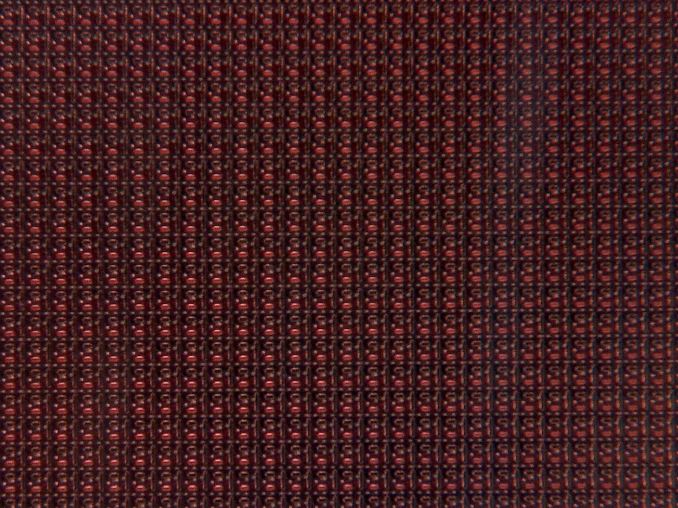
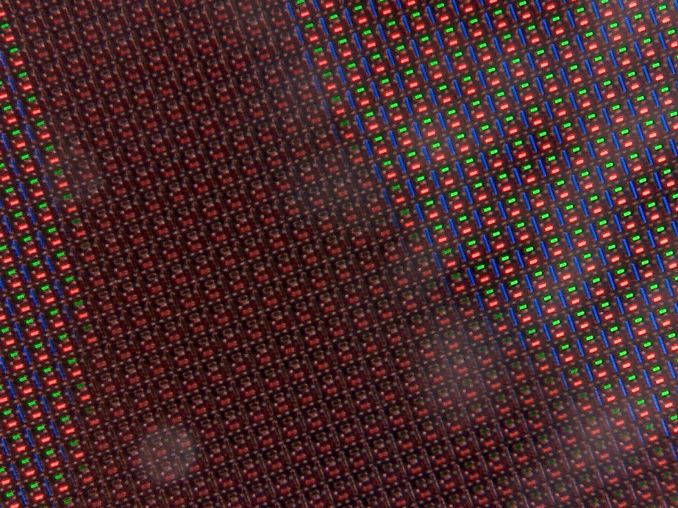
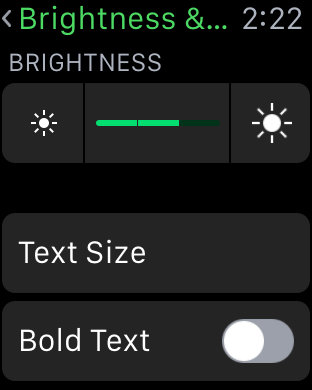
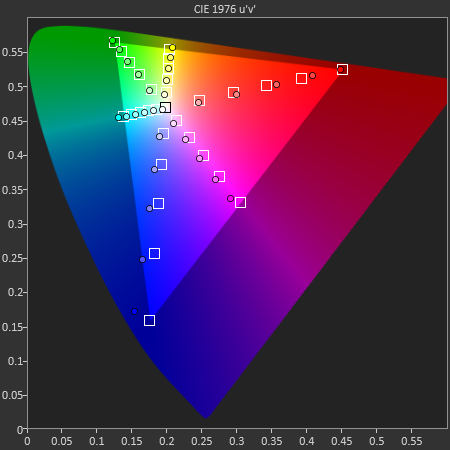
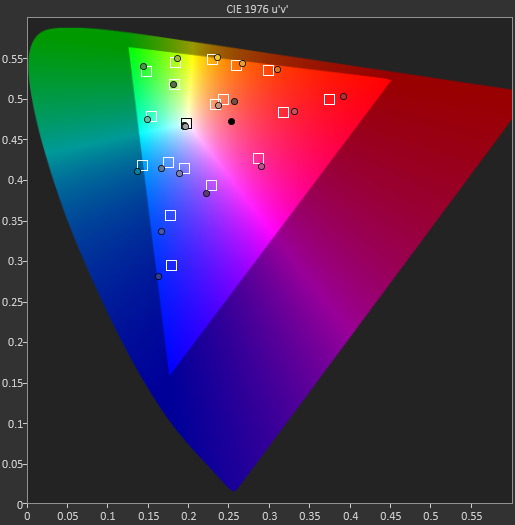








270 Comments
View All Comments
cknobman - Tuesday, July 21, 2015 - link
Tell me what I was wrong about.In regards to it being a flop here are some links (from very recent articles) that prove outside of initial launch sales and preorders it is selling poorly:
http://www.cnet.com/news/apple-watch-sales-sluggis...
http://www.usatoday.com/story/tech/2015/07/20/appl...
http://techcrunch.com/2015/07/21/apple-watch-sales...
In regards to its features, please discredit my claims. It is big, its user interface sucks (not only in my limited use but the actual users who have it have explained to me why they think it sucks), it does not do squat without an iphone tethered to it, and it is expensive.
mrochester - Tuesday, July 21, 2015 - link
This is all speculation, not proof. We won't know anything official until/if Apple start announcing Watch sales separately from their 'other' category.thomasguide - Wednesday, July 22, 2015 - link
I hear that argument a lot from people and this is little Timmy's comments about that “We don’t intend to provide insight that could help our competitors,”Yet they seem to provide a lot of insight that could help their competitors by releasing iphone and ipad sales figures. Why is that? Is itbecause iphones are selling like hot cakes and it makes the company look good? They don't release watch numbers because sales have been dismal. Had they sold 20 million units, you bet your ass little Timmy would separate smartwatches into their own category rather than lumping them in with ipods. This way they can blame the lackluster sales on declining ipods instead the flopping watch.
Looks like all the fanboys bought their i-toy in April, now what Timmy?
S2k15 - Wednesday, July 29, 2015 - link
It's so sad that you need to disrespect Tim Cook by calling him "little Timmy" in order to make yourself feel better, as well as your no doubt empty life. So very sad.Oh, and ignore the fact that Apple announced that they would not break out Watch figures MONTHS ago, it's not a decision they made after they found out sales. Your entire argument is moot.
S2k15 - Wednesday, July 29, 2015 - link
Uh, Tim Cook stated as a fact that Watch sales were higher in May than April, and higher in June than May. Another rabid Apple hating lying troll caught in their lies. But this is the internet, so cowards like you will never admit they're wrong.hlovatt - Wednesday, July 22, 2015 - link
Apple announced today that the watch sales were over $1 billion. I guess it's going OK :)darwinosx - Monday, July 20, 2015 - link
Nobody but Apple knows what Apple watch sales have been like and you sure don't The Slice report has already been widely discredited.Battery life is not terrible at all further indication you have no idea what you are talking about.
Galps - Monday, July 20, 2015 - link
First off, sales haven't been announced so none of us really know how successful or not it really has been but the last estimates I heard put sales close to 3 million. In comparison, only about 720,000 smartwatches sold in 2014 total. So if more than tripling smartwatch sales in 3 months is a failure, then I need to start failing at things more like Apple. Second, design taste is completely opinion but I think I'll trust Vogue and Beyonce for fashion advice over some neck beard commenting on a tech article. Don't know what "owners" you've talked but anecdotal evidence is still anecdotal evidence. I could tell you about how all Android phones suck because me and my 4 friends each had a Galaxy S3 and our battery life was terrible and the UI was buggy and laggy. But that wouldn't matter because there are many other people who loved their S3s regardless of my anecdotal evidence to the contrary. In my opinion, I don't find the watch to be bulky or thick at all. To the contrary actually. I find it to be a lot smaller than most other smartwatches. Lastly, it will do plenty without the phone. You can go on a run and it will still track calories, time/pace, and heart rate. You can still use all the watch functions without the phone. When Watch OS 2 comes out, you'll be able to update all your apps via wifi independent of the phone. You can listen to music independent of the phone as well. Really the only thing you can't do without the phone is get notifications. And battery life is great. I have yet to make it through a whole day with less than 45% battery by the time I go to bed and my 6 Plus has been pushed to 3 days without a charge. Granted those are my experiences so I can't speak to everyone else's experience but I haven't had a single battery issue or any trouble getting my watch and phone to last me at least a day and half at minimum.Also, expensive is a relative term based off of your own income. I'm not trying to sound elitist (although this is going to sound really elitist so I'm sorry) but I have no issues spending $400 on a smartwatch. I have enough disposable income that spending a few hundred bucks on a watch isn't going to set me back in any significant amount what so ever. Maybe you have a hard time coming up with an extra $400 but some of us have money and don't really look at $400 as a large amount. Again, I know it sounds elitist and I'm not judging you if $400 is too much, I'm just trying to get the point across that a lot of people don't look at $400 as a lot of money.
navysandsquid - Monday, July 20, 2015 - link
her you need some lotion for your butthurt lol its ok pal we know you don't have any money you don't have to tell us. hate on brothername99 - Monday, July 20, 2015 - link
"Apple watch has been largely a market failure so far"What do you define as a market failure? Especially in a new market?
Apple have apparently sold around 4x as many watches as the entire Android Wear sales. That would seem to indicate a success.
They have apparently matched the internal Apple sales targets. Again indicates success.
Almost everyone who actually OWNS and has USED an Apple watch (as opposed to simply bitching about it) loves it. You see this both in reviews and in the most recent customer survey from Wristly research.
So where exactly is this failure you speak of?